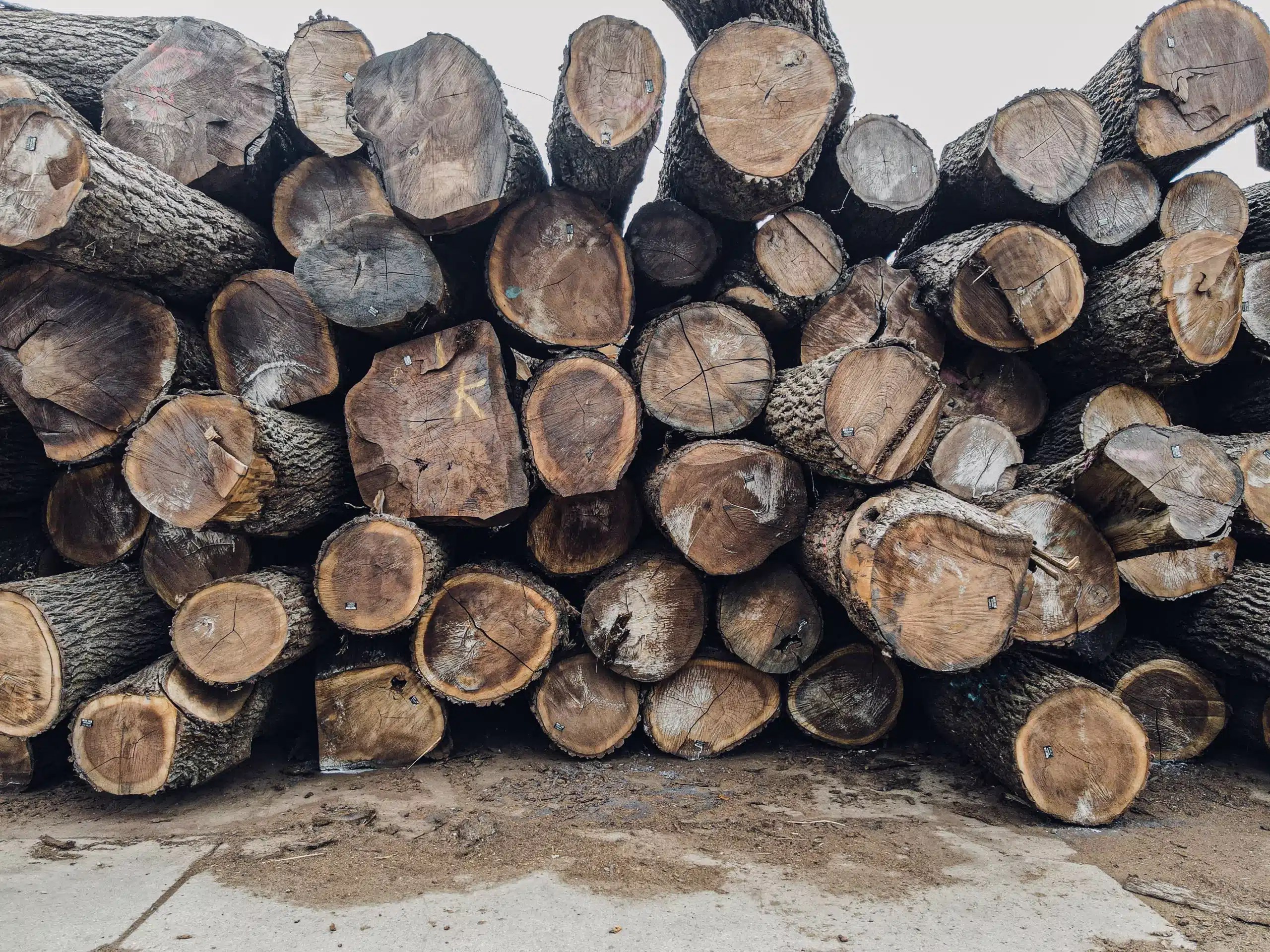 www.reddit.com ```html
www.reddit.com ```html Opening: Embark on a DIY Aluminium Boat Building Adventure! Ready to tackle an exciting project? Building your own aluminium boat can be incredibly rewarding, offering a durable and customizable vessel for years to come. This guide provides a step-by-step overview of the process. Keep in mind this is a challenging project best suited for those with welding experience and access to appropriate tools and workspace.
Step 1: Planning and Design Before you even think about touching metal, meticulous planning is crucial. Determine your boat type: Will it be a small fishing boat, a runabout, or something else? This influences the design. Create or source plans: You can find pre-designed boat plans online or hire a naval architect to create custom plans. Ensure the plans are specifically for aluminium construction. Material List and Budget: Accurately estimate the amount of aluminium sheet and extrusions required. Include welding supplies, cutting tools, and safety equipment. Factor in a buffer for unexpected costs.
Step 2: Gathering Materials and Tools Having the right tools and materials will greatly simplify the build. Aluminium Sheets and Extrusions: Purchase marine-grade aluminium (5052 or 6061 alloy is common) in the required thicknesses and dimensions as per your plans. Welding Equipment: A TIG (GTAW) or MIG (GMAW) welder suitable for aluminium is essential. Invest in a good quality welding helmet, gloves, and other protective gear. Cutting Tools: A plasma cutter, jigsaw with metal-cutting blades, and angle grinder will be necessary for cutting aluminium sheets and extrusions. Measuring and Marking Tools: Accurate measuring and marking are vital. Use rulers, squares, levels, and markers suitable for metal. Clamps and Fasteners: A variety of clamps are needed to hold pieces in place during welding. Cleco fasteners can also be very helpful for temporary assembly. Safety Equipment: Prioritize safety. Wear safety glasses, ear protection, a respirator (especially during welding), and appropriate clothing.
Step 3: Cutting and Shaping the Aluminium This step involves carefully cutting the aluminium sheets and extrusions according to your plans. Transferring the Plans: Accurately transfer the patterns from your plans onto the aluminium sheets. Cutting the Pieces: Use your chosen cutting tools (plasma cutter, jigsaw, etc.) to cut out the individual panels and components. Take your time and aim for clean, precise cuts. Edge Preparation: Deburr and smooth all cut edges to remove sharp edges and prepare them for welding. An angle grinder with a suitable grinding wheel is helpful for this. Forming (if necessary): Some parts may require bending or shaping. Use appropriate forming tools (e.g., a sheet metal brake) to achieve the desired shapes.
Step 4: Assembling and Welding the Hull This is where the boat starts to take shape! Tack Welding: Position the panels and components according to your plans and tack weld them together. Tack welds are small, temporary welds that hold the pieces in place. Alignment and Adjustment: Double-check the alignment of all pieces before proceeding with full welding. Make any necessary adjustments to ensure the hull is square and true. Welding: Use your TIG or MIG welder to weld the panels together. Use proper welding techniques and settings for aluminium. Aim for strong, consistent welds. Welding aluminium can be challenging and requires practice to master. Grinding and Finishing: After welding, grind down any rough welds and smooth out the surfaces for a clean, professional finish.
Step 5: Adding Structural Components and Features This step involves adding stringers, frames, and other structural components to reinforce the hull. Installing Stringers and Frames: Weld the stringers and frames into place according to your plans. These components provide strength and rigidity to the hull. Adding a Deck (optional): If your design includes a deck, cut and weld the deck panels into place. Installing Seating and Other Features: Add any seating, storage compartments, or other features as per your design.
Step 6: Finishing and Painting (Optional) This step involves cleaning and preparing the boat for painting (if desired) and adding any final touches. Cleaning: Thoroughly clean the entire boat to remove any dirt, grease, or welding residue. Surface Preparation: Sand or etch the aluminium surface to create a good base for paint. Painting (Optional): Apply a marine-grade primer and paint specifically designed for aluminium. Installing Hardware: Install any remaining hardware, such as cleats, rails, and lights.
Conclusion: Your Aluminium Boat is Ready! Congratulations on building your own aluminium boat! Remember to register your boat with the appropriate authorities and always follow safe boating practices. Enjoy the fruits of your labor and the adventures that await you on the water! Thoroughly inspect all welds and connections before the first launch. This guide provides a general overview; always refer to your specific boat plans for detailed instructions and safety guidelines. Good luck!
``` Build
 thebook.devrev.ai
thebook.devrev.ai Fractal North Gold And Black Completed Build
 www.reddit.com
www.reddit.com 4090 Y60 Build
 www.reddit.com
www.reddit.com 
 rare-gallery.com ```html
rare-gallery.com ```html  hnhqship.en.made-in-china.com
hnhqship.en.made-in-china.com  gospelboat.en.made-in-china.com
gospelboat.en.made-in-china.com  www.homelane.com
www.homelane.com  buildingandinteriors.com
buildingandinteriors.com  www.capitolcitylumber.com
www.capitolcitylumber.com  www.buskirklumber.com Here's a step-by-step post on building a small timber boat:
www.buskirklumber.com Here's a step-by-step post on building a small timber boat:  www.beersltd.co.uk
www.beersltd.co.uk  www.lrjlumber.com
www.lrjlumber.com  www.plyguy.co.nz ```html
www.plyguy.co.nz ```html  www.plyguy.co.nz
www.plyguy.co.nz  www.homedit.com
www.homedit.com  www.srltsl.com
www.srltsl.com  www.yourdictionary.com
www.yourdictionary.com  www.subjectcoach.com
www.subjectcoach.com  www.gearrice.com ```html
www.gearrice.com ```html  www.ssbm.ch
www.ssbm.ch  www.datanami.com
www.datanami.com  www.wallpaperflare.com ```html
www.wallpaperflare.com ```html  wallpapers.com
wallpapers.com  www.boatdriving.org
www.boatdriving.org  www.colourbox.com
www.colourbox.com  commons.wikimedia.org
commons.wikimedia.org  www.freefoodphotos.com
www.freefoodphotos.com  www.makeuseof.com ```html
www.makeuseof.com ```html  www.tumblr.com
www.tumblr.com  www.facebook.com
www.facebook.com  www.costacruises.nl
www.costacruises.nl  www.slideon.com
www.slideon.com  commons.wikimedia.org ```html
commons.wikimedia.org ```html  commons.wikimedia.org
commons.wikimedia.org  www.mmarchitecturalphotography.com
www.mmarchitecturalphotography.com  www.building-model-boats.com
www.building-model-boats.com  www.building-model-boats.com
www.building-model-boats.com